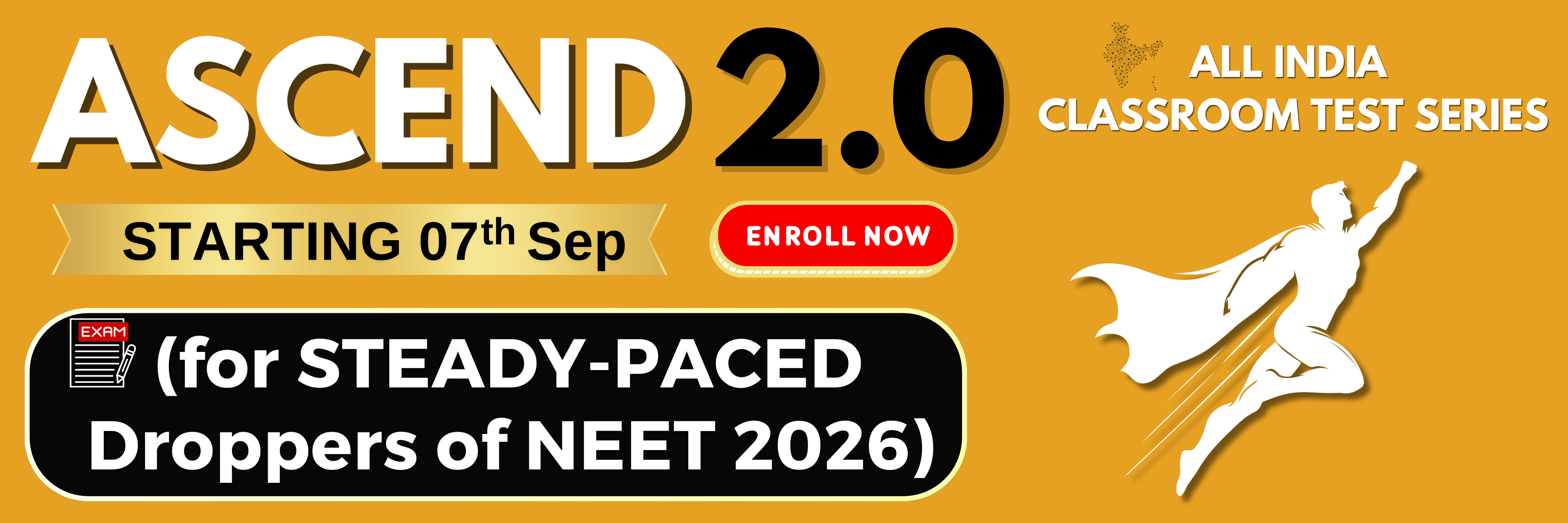"Ramachandran plot" is used to confirm the structure of:
1. RNA
2. Proteins
3. Triacylglycerides
4. DNA
Prosthetic groups differ from co-enzymes, in which:
| 1. | they require metal ions for their activity. |
| 2. | they (prosthetic groups) are tightly bound to apoenzymes. |
| 3. | their association with apoenzymes is transient. |
| 4. | they can serve as co-factors in a number of enzyme-catalyzed reactions. |
Which of the following organic compounds is the main constituent of Lecithin?
1. Arachidonic acid
2. Phospholipid
3. Cholesterol
4. Phosphoprotein
An organic substance bound to an enzyme and essential for its activity is called:
| 1. | coenzyme | 2. | holoenzyme |
| 3. | apoenzyme | 4. | isoemzyme |
Which one of the following is a fat-soluble vitamin and its related deficiency disease?
| 1. | Ascorbic acid - Scurvy |
| 2. | Retinol - Xerophthalmia |
| 3. | Cobalamine - Beri-Beri |
| 4. | Calciferol - Pellagra |
The biological organisation starts with:
1. Submicroscopic molecular level
2. Cellular level
3. Organisms level
4. Atomic level
A competitive inhibitor of succinic dehydrogenase is:
| 1. | malonate | 2. | oxaloacetate |
| 3. | α-ketoglutarate | 4. | malate |
| (A) | Easily translocated |
| (B) | Chemically non-reactive |
| (C) | Easily digested by animals |
| (D) | Osmotically inactive |
| (E) | Synthesized during photosynthesis |
The useful properties are:
| 1. | (B) and (C) |
| 2. | (B) and (D) |
| 3. | (A), (C) and (E) |
| 4. | (A) and (E) |
1. pythium
2. Xanthomonas
3. Pseudomonas
4. Saccharomyces
The curve given below shows enzymatic activity with relation to three conditions (pH, temperature and substrate concentration) what do the two axis (X and Y) represent?

|
X-axis |
Y-axis |
|
|
(a) |
Temperature |
Enzyme activity |
|
(b) |
Substrate concentration |
Enzyme activity |
|
(c) |
Enzyme activity |
Temperature |
|
(d) |
Enzyme activity |
pH |
1. (a)
2. (b)
3. (c)
4. (d)






